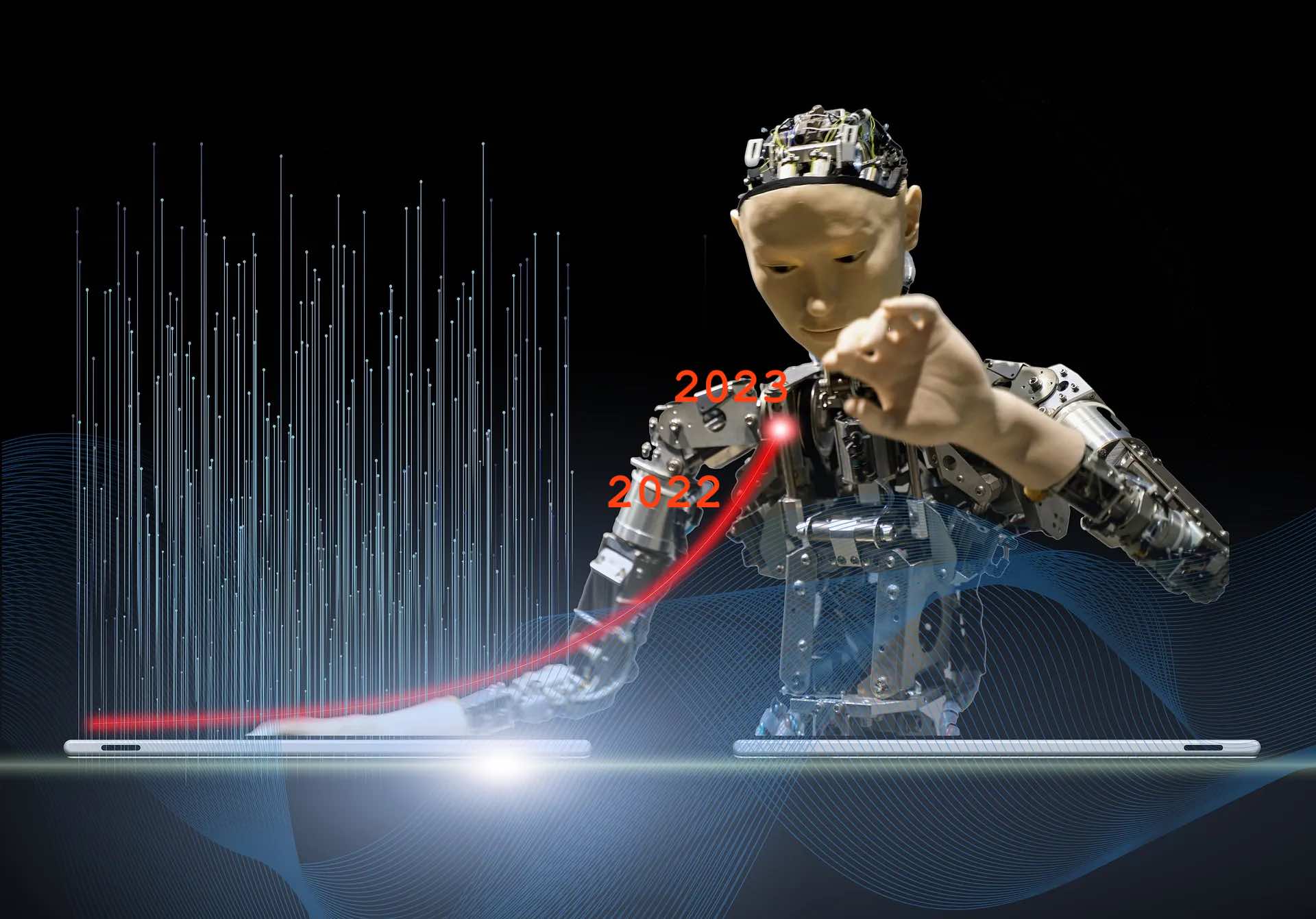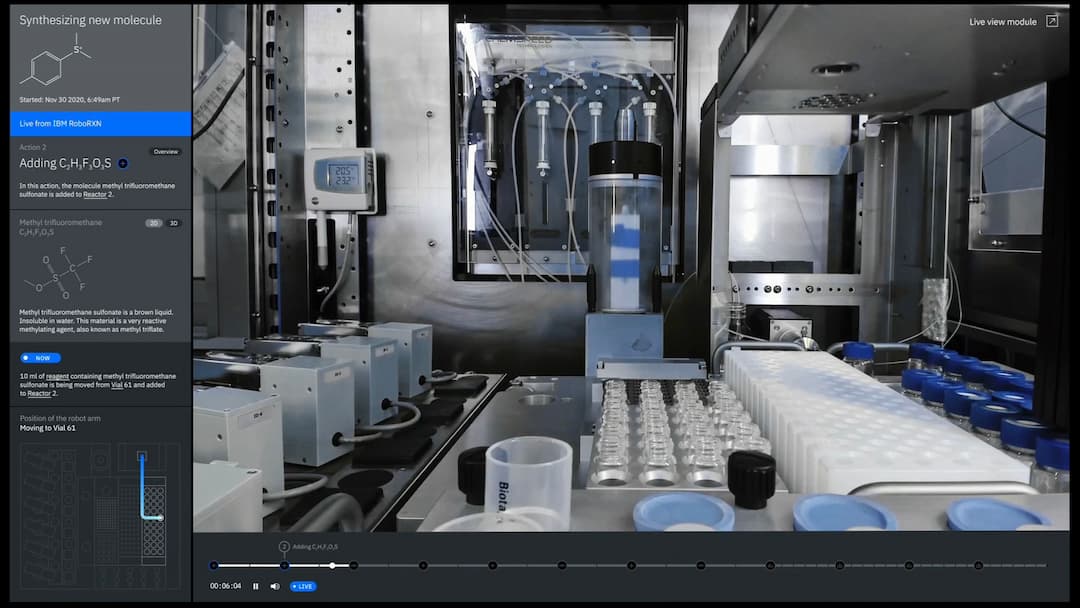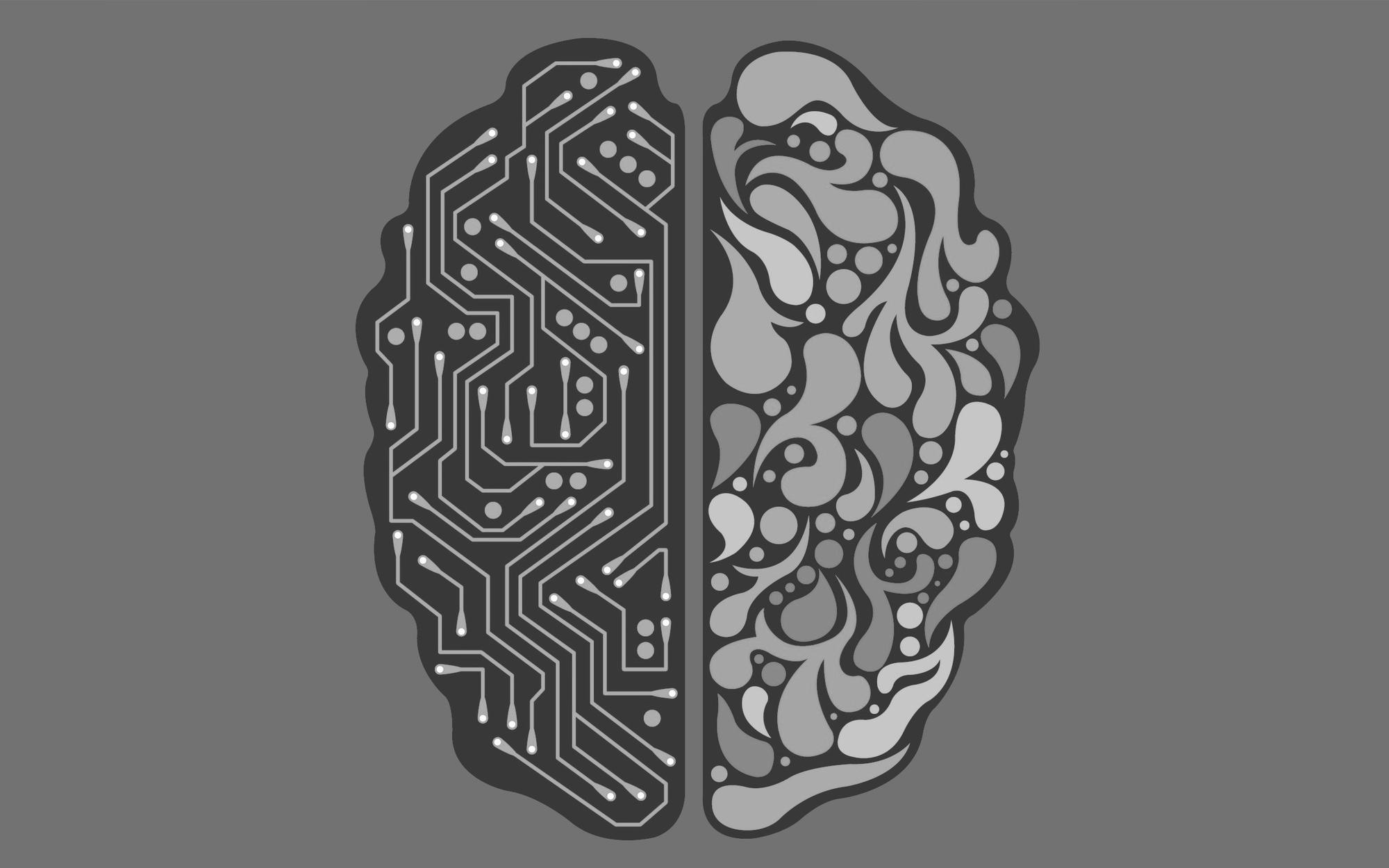AI is being adapted by businesses large and small at a growing pace. It has made lives easier, process efficient and even bridging the skill gap. According to an IBM report 35% of companies are currently using AI and 42% reported exploring the same.
The global artificial intelligence market reached a value of around USD 1.2 trillion in 2020. The market is further expected to grow at a CAGR of about 23% in the forecast period of 2023-2028 to reach a value of about USD 6 trillion by 2026.
Here are the top 5 AI trends to watch out for in 2023:
AI in Autonomous Vehicles
AI will play a very important part in the upcoming year in all autonomous vehicles that include cars, boats and aircraft. Baidu plans to establish the world’s largest fully driverless ride-hailing service area in 2023.
UK-based start-up dRISK is planning to make a tool for training autonomous vehicles. It uses AI and multiple data sets such as semantic segmentation data, object segmentation data, depth maps, training images, and videos.
The start-up facilitates driverless cars to quickly recognize high-risk edge cases and better spot edge circumstances. This improves the autonomous ability and safety of driverless vehicles.
German start-up Arctictern is also offering an AI-based driver monitoring system (DMS). It deploys deep learning algorithms to continuously analyse the driver’s eye, face, and head movements. This safeguards the vehicle and its passengers from accidents due to human error while ensuring the safety of other vehicles on the road.
The efficiency of already existing AI in vehicles like Tesla will greatly improve and the probability for complete automation is also greatly anticipated.
Competitors to Tesla that includes Waymo, Apple, GM and Ford are bringing in alternatives thus elevating the choice for the customer thereby reducing the dependence on public transport.
No Code AI Platforms
No-code AI is created to help regularize the use of AI making it more accessible for a wider variety of companies. The need for AI has grown 270% according to a survey but only 37% of companies that were surveyed had Adopted AI in the workplace.
No-code AI can be implemented across businesses for its growth by Integrating easily using platforms and integrable modules, no-code AI can be adapted to meet a company’s specific needs.
No code AI can be used to automate repetitive processes, such as invoicing, contact validation and form filling which can increase the productivity of the business. It also empowers business intelligence solutions by delivering valuable insights that allow smarter business decisions.
AI for Metaverse
The Metaverse uses AI technologies to enhance digital worlds that we interact day to day. AI will be a mainstay in the Metaverse. It’ll create an immersive experience by creating online environments where humans can have their creative impulses fostered. It can also be an environmental hub which we share with fellow humans and AI beings.
Global technology professionals surveyed said 5G and ubiquitous connectivity (71 per cent), virtual reality headsets (58 per cent), and augmented reality glasses (58 per cent) will be very important for the development of the Metaverse in 2023. Metaverse technology will be used in bringing employees for corporate training and hybrid meetings.
AI for Cybersecurity
Cyberterrorism is much of a potential risk than terrorism in this day and age. As our dependence on technology has exponentially increased in these times, hacking and cybercrime also has increased manifold. An average data breach can cost a company $4.24 million in loss, according to an IBM report.
One of the ways AI can help in cybersecurity is by automating threat monitoring. Monitoring threats requires sieving through piles of unstructured data. An AI not only accelerates the process but avoids human error increasing the productivity.
A connected device could be a potential device a terrorist could use. Identifying these points of failure has become difficult as systems have become more complex.
This is where predictive AI comes into play as it can be used to survey the network traffic and recognize and identify patterns that suggest criminal behaviour. Smart algorithms are playing an increasing role in keeping us safe from cyberattacks.
AI for Augmented Working
More and more machines will incorporate AI technology and turn into smart devices that will not only aide humans with their daily lives and tasks but will also completely take over the menial day-to-day activities.
This phenomenon would increase accuracy in workspaces and enhance security overall. For example in engineering roles, AI tools will help us by providing predictive maintenance by letting us know when will a machine need servicing or repair.
AI has come a long way since its inception. From looked on as something complex and dangerous in its application, AI is now being streamlined in many business processes. While it looks to make the business’s process smoother AI should also be used with caution and judiciousness.
Thus, in 2023 and beyond, AI will be used to simplify complex work but businesses should be responsible while implementing it.
Source: geospatialworld





